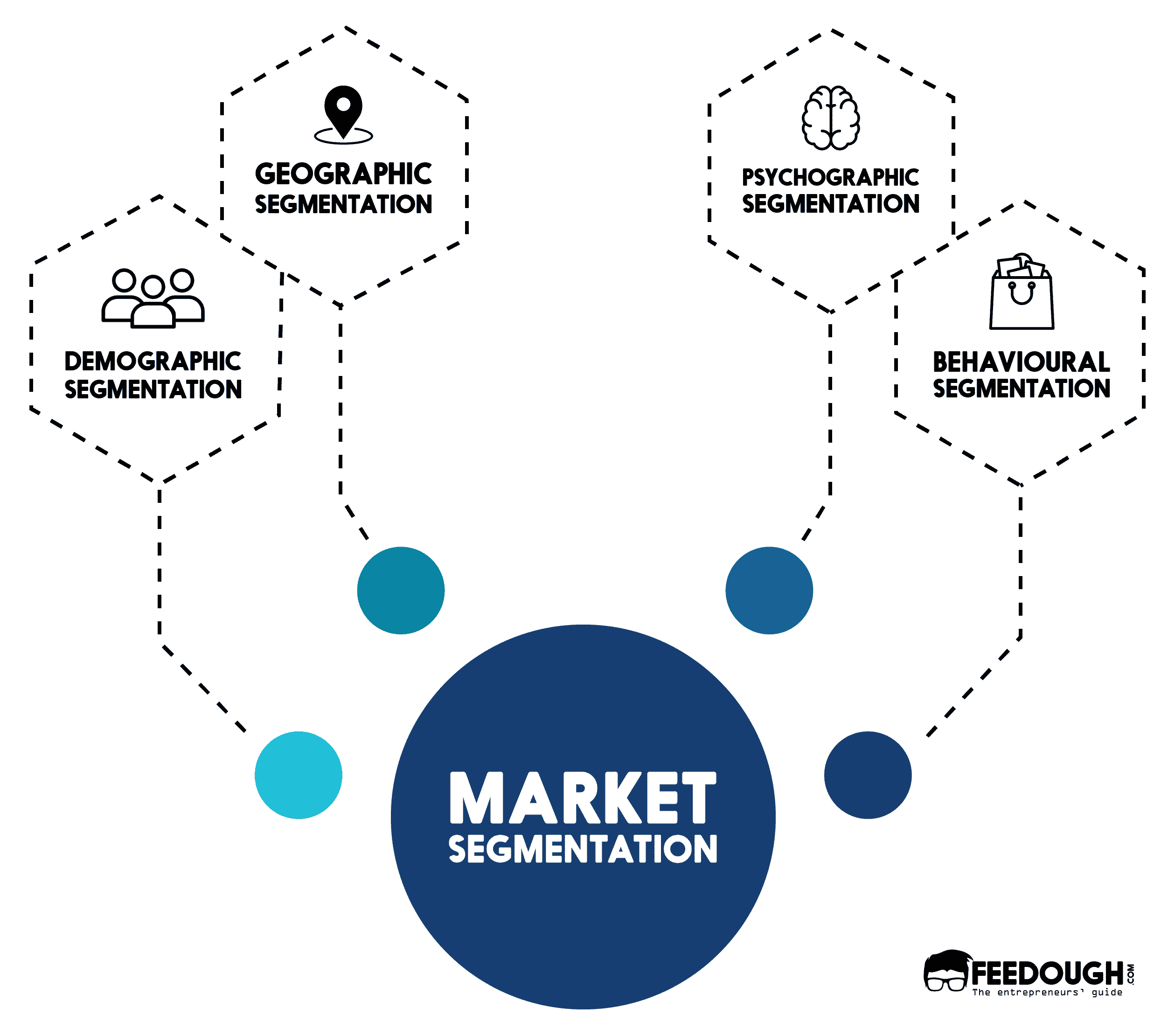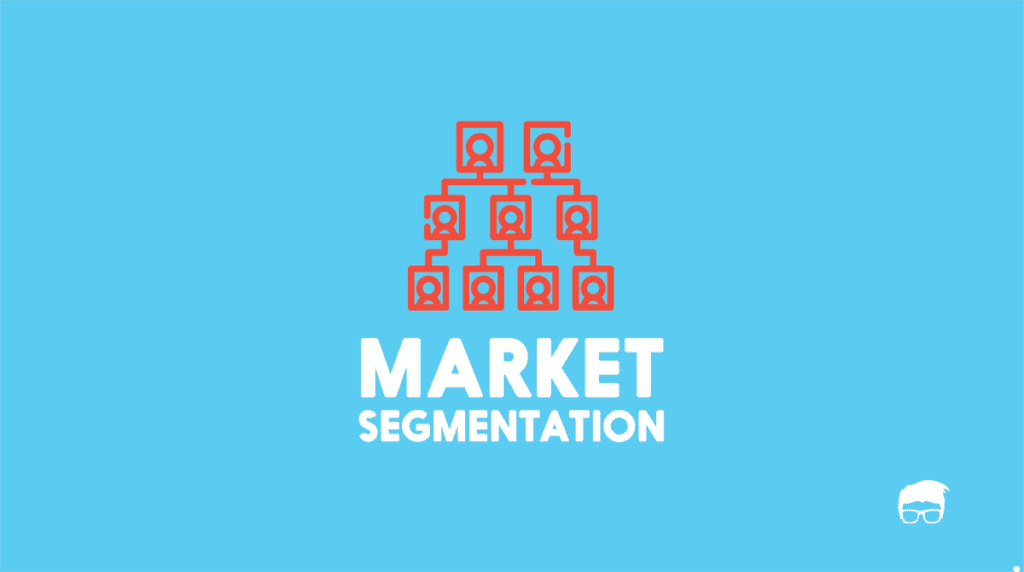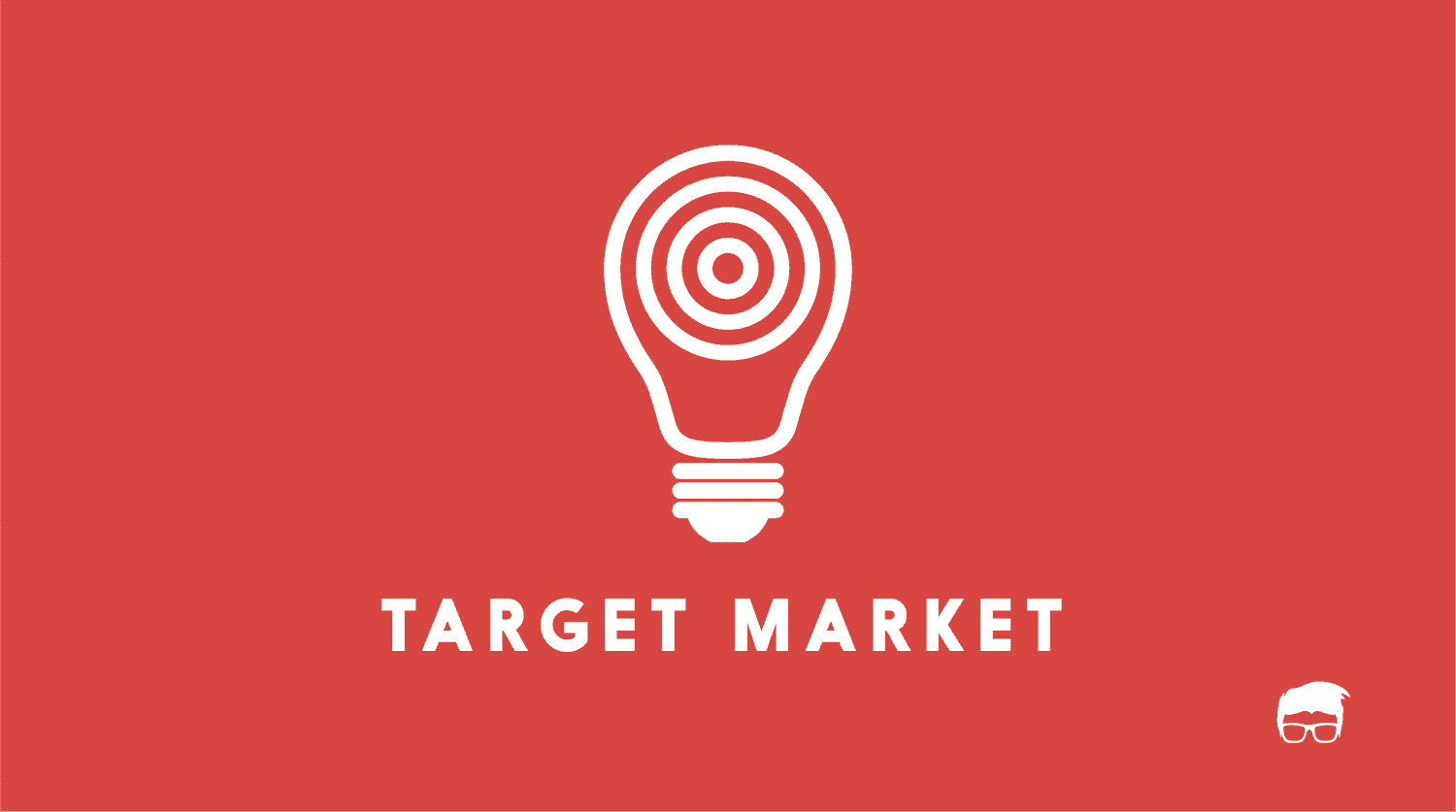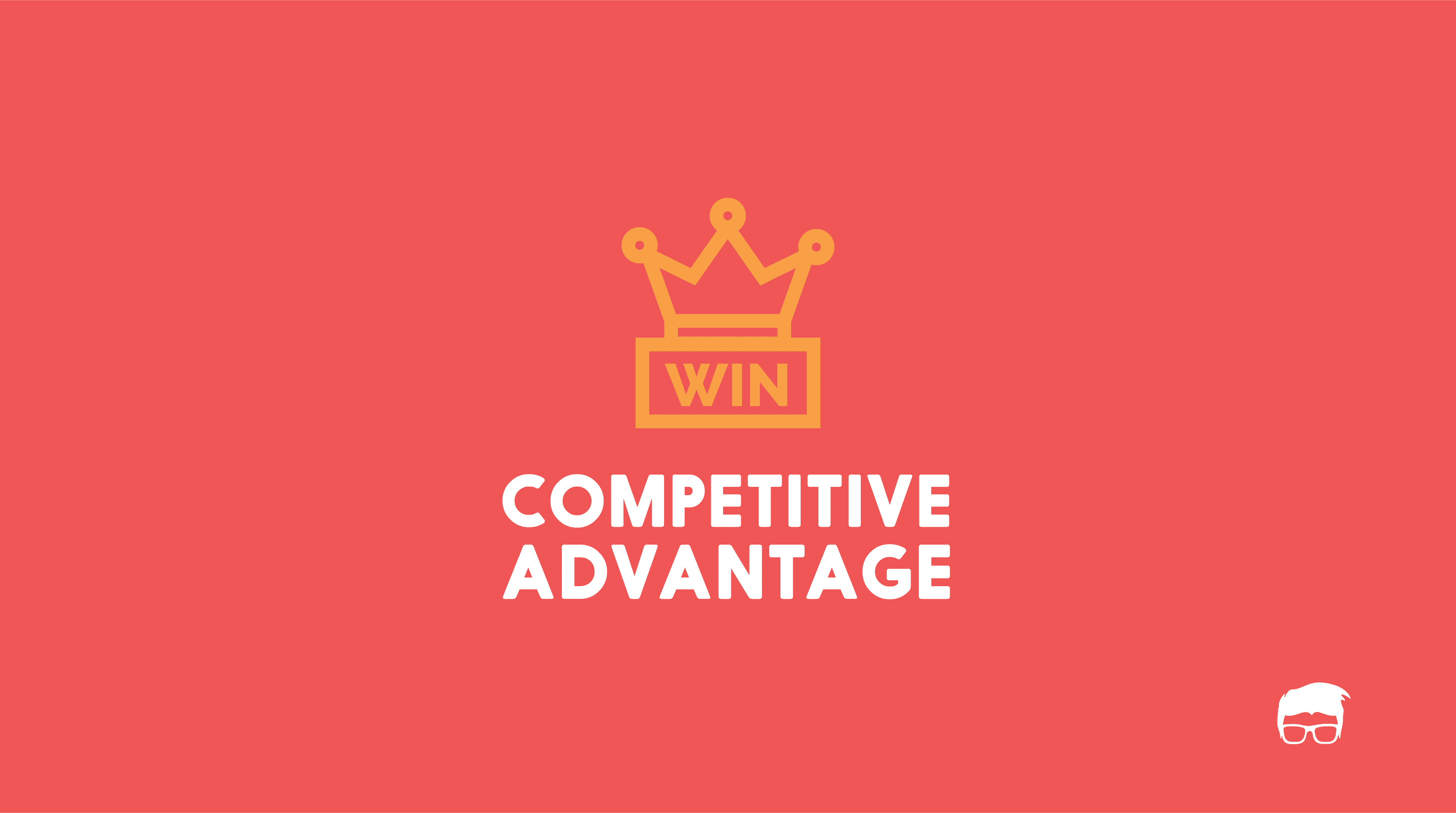Market segmentation is one of the most efficient tools for marketers to cater to their target group. It makes it easier for them to personalise their campaigns, focus on what’s necessary, and group similar consumers to target them in an effective manner.
The process is being practised by marketers since the late 1900s. Simple though it may be, it is of vital use to forming any marketing plan.
But what is market segmentation and what are its types? Let’s find out.
What Is Market Segmentation?
Market segmentation is a process of dividing the market of potential customers into smaller and more defined segments on the basis of certain shared characteristics like demographics, interests, needs, or location.
The member of these groups share similar characteristics and usually have one or more than one aspect common among them which makes it easier for the marketer to craft marketing communication messages for the entire group.
There are many reasons as to why market segmentation is done. One of the major reasons marketers segment market is because they can create a custom marketing mix for each segment and cater them accordingly.
Importance Of Market Segmentation
Companies often deal with customers who belong to different age groups, have varied interests, and are motivated by different triggers.
Segmenting these potential customers into different groups –
- Makes it easier for the marketer to develop a different marketing mix for each customer segment which is more likely to bring results.
- Increases the results of the marketing efforts as each of the groups witness personalised marketing messages according to what stimulates them to do the task.
For example, a chips brand can launch a party pack for $15 in cities where teens are more likely to buy them for parties. Whereas, the same brand may launch small packs in the country-side where people don’t spend a lot on chips.
Bases Of Market Segmentation
Segmenting is dividing a group into subgroups according to some set bases. These bases range from age, gender, etc. to psychographic factors like attitude, interest, values, etc.
Gender
Gender is one of the most simple yet important bases of market segmentation. The interests, needs and wants of males and females differ at many levels. Thus, marketers focus on different marketing and communication strategies for both. This type of segmentation is usually seen in the case of cosmetics, clothing, and jewellery industry, etc.
Age Group
Segmenting market according to the age group of the audience is a great strategy for personalised marketing. Most of the products in the market are not universal to be used by all the age groups. Hence, by segmenting the market according to the target age group, marketers create better marketing and communication strategies and get better conversion rates.
Income
Income decides the purchasing power of the target audience. It is also one of the key factors to decide whether to market the product as a need, want or a luxury. Marketers usually segment the market into three different groups considering their income. These are
- High Income Group
- Mid Income Group
- Low Income Group
This division also varies according to the product, its use, and the area the business is operating in.
Place
The place where the target audience lives affect the buying decision the most. A person living in the mountains will have less or no demand for ice cream than the person living in a desert.
Occupation
Occupation, just like income, influences the purchase decision of the audience. A need for an entrepreneur might be a luxury for a government sector employee. There are even many products which cater to an audience engaged in a specific occupation.
Usage
Product usage also acts as a segmenting basis. A user can be labelled as heavy, medium or light user of a product. The audience can also be segmented on the basis of their awareness of the product.
Lifestyle
Other than physical factors, marketers also segment the market on the basis of lifestyle. Lifestyle includes subsets like marital status, interests, hobbies, religion, values, and other psychographic factors which affect the decision making of an individual.
Types Of Market Segmentation

Geographic Segmentation
Geographic segmentation divides the market on the basis of geography. This type of market segmentation is important for marketers as people belonging to different regions may have different requirements. For example, water might be scarce in some regions which inflates the demand for bottled water but, at the same time, it might be in abundance in other regions where the demand for the same is very less.
People belonging to different regions may have different reasons to use the same product as well. Geographic segmentation helps marketer draft personalized marketing campaigns for everyone.
Demographic Segmentation
Demographic segmentation divides the market on the basis of demographic variables like age, gender, marital status, family size, income, religion, race, occupation, nationality, etc. This is one of the most common segmentation practice among marketers. Demographic segmentation is seen almost in every industry like automobiles, beauty products, mobile phones, apparels, etc and is set on a premise that the customers’ buying behaviour is hugely influenced by their demographics.
Behavioural Segmentation
The market is also segmented based on audience’s behaviour, usage, preference, choices and decision making. The segments are usually divided based on their knowledge of the product and usage of the product. It is believed that the knowledge of the product and its use affect the buying decision of an individual. The audience can be segmented into –
- Those who know about the product,
- Those who don’t know about the product,
- Ex-users,
- Potential users,
- Current Users,
- First time users, etc.
People can be labelled as brand loyal, brand-neutral, or competitor loyal. They can also be labelled according to their usage. For example, a sports person may prefer an energy drink as elementary (heavy user) and a not so sporty person may buy it just because he likes the taste (light/medium user).
Psychographic Segmentation
Psychographic Segmentation divides the audience on the basis of their personality, lifestyle and attitude. This segmentation process works on a premise that consumer buying behaviour can be influenced by his personality and lifestyle. Personality is the combination of characteristics that form an individual’s distinctive character and includes habits, traits, attitude, temperament, etc. Lifestyle is how a person lives his life.
Personality and lifestyle influence the buying decision and habits of a person to a great extent. A person having a lavish lifestyle may consider having an air conditioner in every room as a need, whereas a person living in the same city but having a conservative lifestyle may consider it as a luxury.
Nature Of A Market Segment
A market segment needs to be homogeneous. There should be something common among the individuals in the segment that the marketer can capitalise on. Marketers also need to check that different segments have different distinguishing features which make them unique. But segmenting requires more than just similar features. Marketers must also ensure that the individuals of the segment respond in a similar way to the stimulus. That is, the segment must have a similar type of reaction to the marketing activities being pitched.
A good market segment is always externally heterogeneous and internally homogeneous.
Examples Of Market Segmentation
Market segmentation is a common practice among all the industries. It is not possible for a marketer to address the mass with same marketing strategy. Here are some examples of market segmentation to prove this point.
Beauty Products
While marketing beauty products, marketers often segment the target market according to the age of the users, the skin type, and also the occasion. A perfect example of this is Olay.
The company developed its ‘Age Defying’ product range to cater to mature adults and ‘Clearly Clean’ range to cater to young adults and teens.
Fast Food
Fast food chains like McDonald’s often segment their target audience into kids and working adults and develop different marketing plans for both. Marketing efforts like distributing a toy with every meal works well for kids and providing the food within 10 minutes, free WiFi, and unlimited refills work well for working adults.
Sports
Sports brands like Nike, Adidas, Reebok, etc. often segment the market based on the sports they play which help them market the sports-specific products to the right audience.
Benefits Of Market Segmentation
Segmenting the market offers the following benefits to the businesses –
- Better Matching Of Customer Needs: Different customers have different needs. By segmenting the target market and developing homogeneous groups, it becomes easier for the marketer to cater to the customer needs better.
- Identification Of Gaps In The Market: Market segmentation also results in the identification of target groups that are not targeted well in the market. This opens up opportunities for the business to exploit and make profits from.
- Increased ROI: Since market segmentation helps serve the customer needs better, it not only decreases spending unnecessarily but it increases repeated sales, and customers also return the favour in the form of referrals, word of mouth, etc.
- Customer Retention: Customers retain with a business which understands their needs and fulfils them as they require. Segmentation helps in this.
- Increased Market Share: Through market segmentation and targeted communication, a competitive advantage can be built which results in increased market share.
Disadvantages Of Market Segmentation
Even though there are many advantages of market segmentations, there are some disadvantages and limitations as well.
- Extensive Research And Development: The process of market segmentation requires the business to do extensive research which is not feasible for some of the businesses.
- Expensive Process: Segmentation is an expensive process, both in terms of time and money. It requires the business to spend a lot to identify different groups and market to them differently according to their needs.
Bottom-Line
Market Segmentation is a convenient method marketers use to cut costs and boost their conversions. It allows them to be specific in their planning and thus provide better results. It ultimately helps them to target the niche user base by making smaller segments.
Go On, Tell Us What You Think!
Did we miss something? Come on! Tell us what you think of our article on market segmentation in the comments section.
A social entrepreneur who loves to read books on self-help, motivation, businesses, entrepreneurship, and social dynamics. To me a life without health, wealth, love, and happiness is a life not worth living.






![Go-To-Market Strategy [The Ultimate Guide] go-to-market strategy](https://www.feedough.com/wp-content/uploads/2019/10/go-to-market-strategy.webp)


